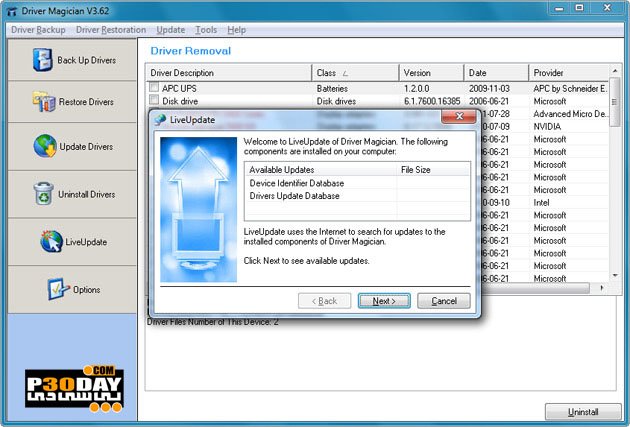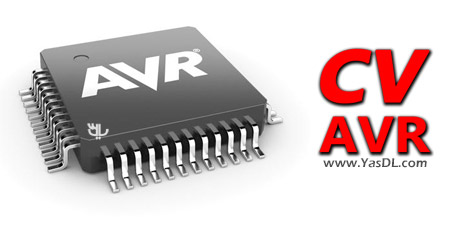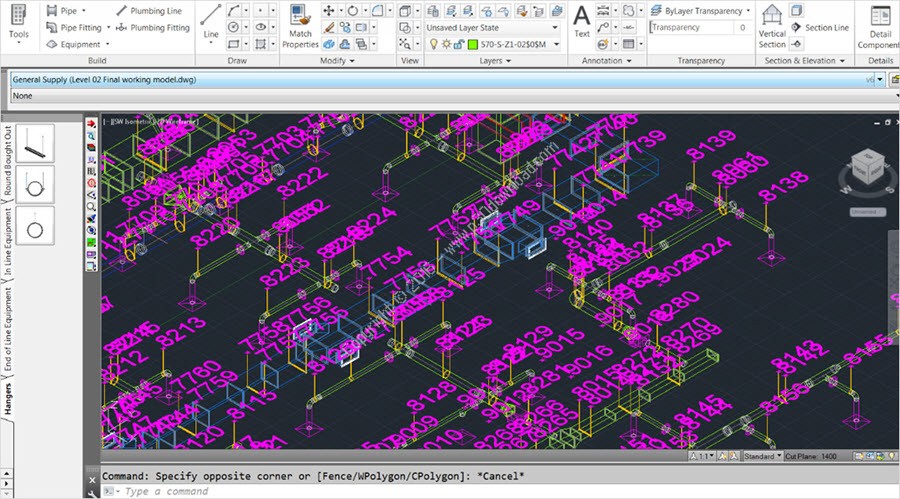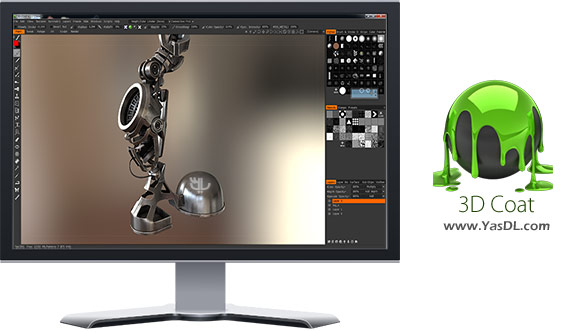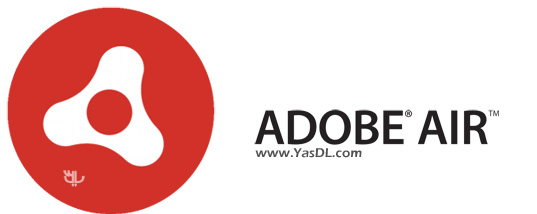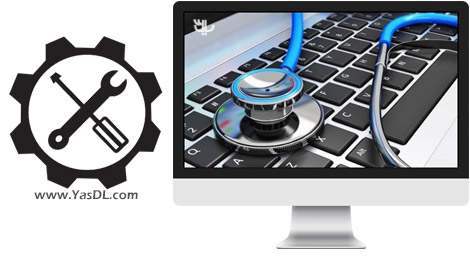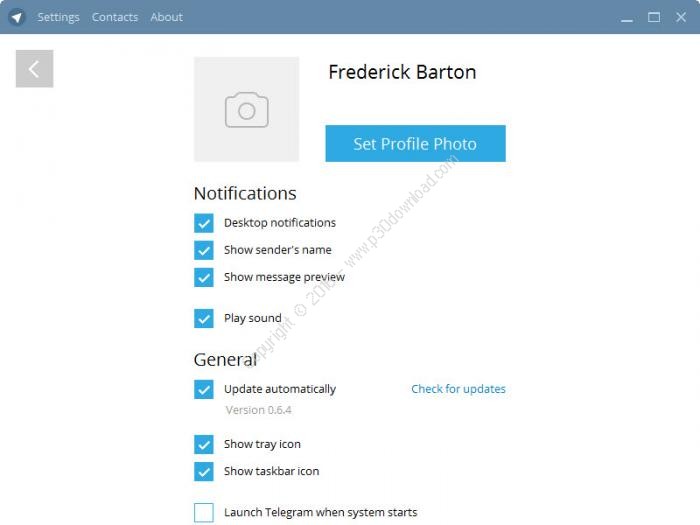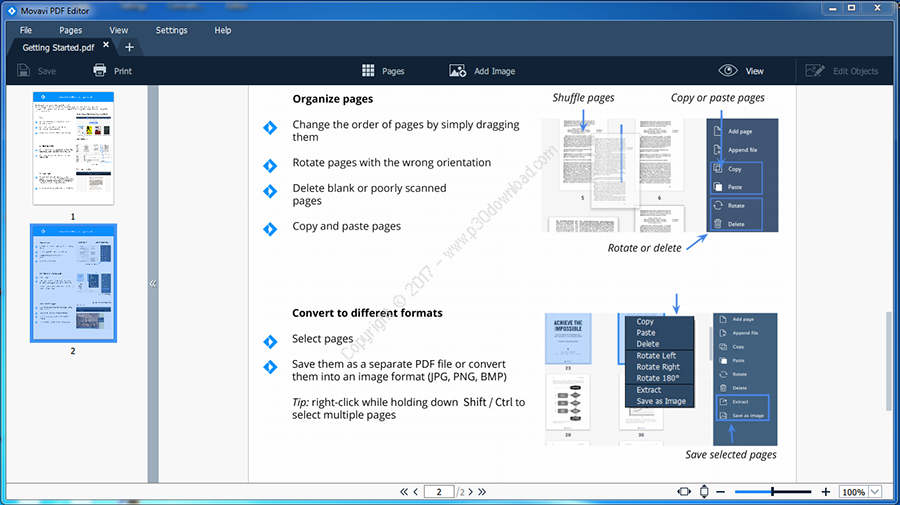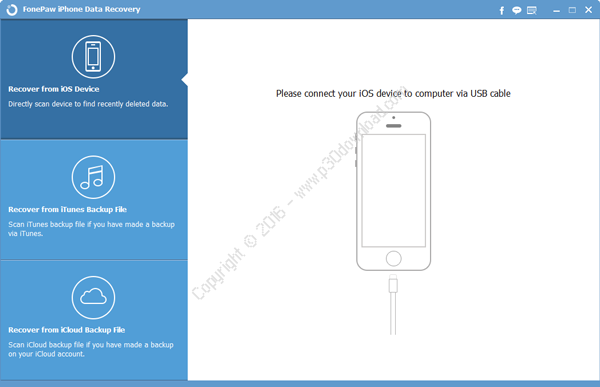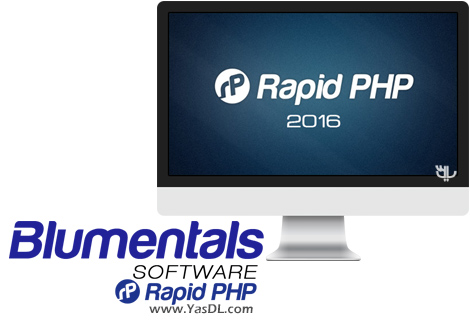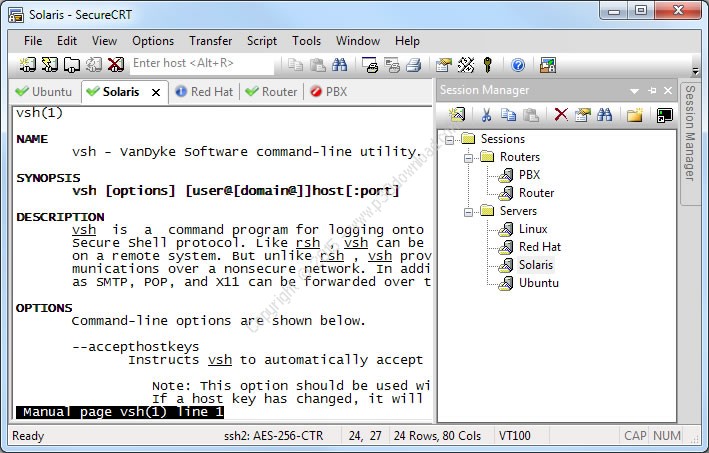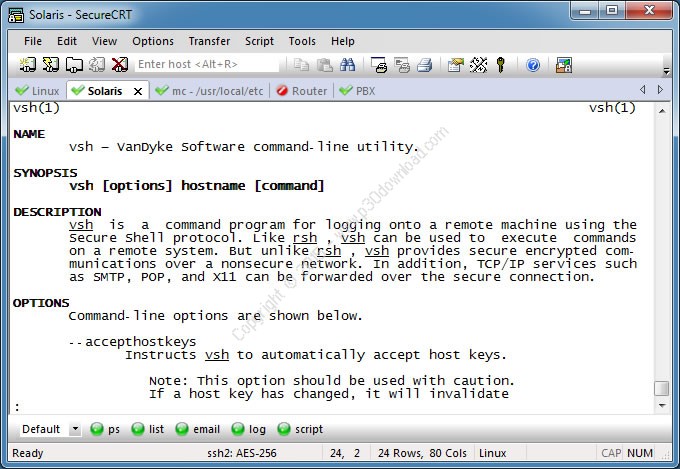Software Description: SecureCRT and SecureFX v8.3.0 Build 1514 x86/x64 Crack Serial
SecureCRT is a Windows terminal emulator thatsupports Secure Shell (SSH), Telnet, rlogin, serial, and TAPIprotocols. SSH provides encrypted login, data transfer, andterminal sessions and is highly customizable and easy to use.
SecureCRT protects passwords, user accounts, and data, combiningrock-solid terminal emulation with the strong encryption, broadauthentication options, and data integrity of the Secure Shell(SSH) protocol.
SecureCRT provides versatile solutions for business, networkmanagement, information security, and development tasks, fromaccessing host-based applications and administering servers tosecurely accessing behind-the-firewall network resources.
SecureCRT supports SSH1, SSH2, Telnet, Telnet/SSL, RLogin, Serial,and TAPI protocols and authentication via password, public-key,X.509 certificates, and Kerberos v5 via GSSAPI. Ciphers includeAES, Twofish, Blowfish, 3DES, and RC4. Emulations include VT100,VT102, VT220, ANSI, SCO ANSI, Wyse 50/60, Xterm, and Linux console- all with ANSI color.
Multibyte character sets are supported for Japanese, Korean, andChinese, as are scalable line-drawing fonts. SecureCRT has amulti-session tabbed interface with extensive session managementfeatures. Customization options include toolbars, menus, keymaps,and login scripts, as well as fonts, cursors, and colorschemes.
Named sessions and firewalls let you create session-specificconfigurations. An optional “FIPS Mode uses a FIPS 140-2 validatedcryptographic library and only allows FIPS-approved algorithms.Other features include the Activator tray utility to minimizedesktop clutter, auto logon, printing, Emacs mode, and SOCKSfirewall support.
ActiveX scripting support saves time by automating routineconfiguration tasks. Securely transfer files using SFTP, or byusing Zmodem or Xmodem from an SSH1 or SSH2 session. SecureCRT andthe SecureFX file transfer client can share global and sessionoptions and the host key database so configuring a connection onlyneeds to be done once.
Here are some key features of “SecureCRT”:
– Script recorder
– Quickly create a script to automate routines using the new scriptrecorder, which records keystrokes, including function keys, andthen generates a VB script.
– Improved auto session
– With “Use auto session” enabled, you can now select a singlesession, multiple sessions, or folders of sessions to automaticallyconnect on startup.
– Cache passwords
– SSH2 session passwords can be cached like passphrases. SecureCRTand SecureFX can share passwords while either application or theActivator utility is running.
– Improved ANSI color with color schemes
– When using ANSI color, you can now select a color scheme toreplace the standard white foreground and black background.
– Expanded logging options with custom data
– Custom log data gives you the ability to specify strings to belogged upon connect, disconnect, and on each line. Parametersubstitutions for session and date information are supported.
– Support for OpenSSH format keys
– You can now generate keys in OpenSSH format or convert existingVanDyke Software format private keys to OpenSSH format, allowingyou to use the same keys with other Secure Shell clients.
– Support for [email protected] compression
– When [email protected] compression is specified, compressionstarts after authentication, preventing unencrypted passwords frombeing cached by the zlib library.
– Additional tab support
– Display the list of tabs on the menu using the MENU_TAB_LIST1custom menu item. A new script function, GetScriptTab, returns thetab from which the script was started.
– Windows Vista support
– SecureCRT has been tested under Windows Vista, so when you areready to move to Vista, SecureCRT will be compatible.
– Secure Shell
– SSH1 and SSH2 support
– Both SSH1 and SSH2 are supported in a single client, providingthe maximum in flexibility when connecting to a range of remoteservers.
– User authentication
– SecureCRT supports Password, Public Key (RSA, DSA, and X.509including Smart Cards), Kerberos v5 (via GSSAPI), and KeyboardInteractive when connecting to SSH2 servers. For SSH1 servers,Password, Public Key, and TIS authentications are supported.
– Public Key Assistant
– Support for Public Key Assistant makes uploading public keys toan SSH2 server simple and safe for end users.
– Support for GSSAPI secured key exchange
– Mechanisms supported depend on GSSAPI provider.
– SFTP in a tab
– You can open an SFTP tab to the same SSH2 session without havingto re-authenticate to perform file transfer operations using aninteractive, text-based SFTP utility.
– Encryption ciphers: Strong encryption
– The maximum 2048 bits length of DSA keys under SSH2 providesstrong encryption. SecureCRT supports AES-128, AES-192, AES-256,Twofish, Blowfish, 3DES, and RC4 when connecting to SSH2 servers.For SSH1 servers, Blowfish, DES, 3DES, and RC4 are supported.
– Password and passphrase caching
– SSH2 session passwords and passphrases can be cached, lettingSecureCRT and SecureFX share passwords and passphrases while eitherapplication or the Activator utility is running.
– Port forwarding
– Tunnel common TCP/IP protocols (for example, POP3, IMAP4, HTTP,SMTP) via SecureCRT to a remote Secure Shell server using a single,secure, multiplexed connection. Port forwarding configuration hasbeen integrated into the tree-based Session Options dialog allowingeasier configuration for securing TCP/IP application data.
– Dynamic port forwarding
– Dynamic port forwarding simplifies how TCP/IP application data isrouted through the Secure Shell connection. Instead of configuringport forwarding on a per-application basis in SecureCRT, eachapplication is configured to use a SOCKS server on a local hostport. SecureCRT opens a port on the local host and acts as a SOCKSserver for any SOCKS-compatible application, even those that usemultiple ports, such as FTP.
– Interoperability
– OpenSSH-compatible host key fingerprint support and RSA host keysupport enhance SecureCRT’s interoperability with a variety ofSecure Shell servers.
– X.509 support
– Smart card-based public-key authentication using X.509-compatiblecertificates supports highly secure two-factor authentication.SecureCRT also supports the PKCS#12 (.pfx) standard file format forX.509 certificates and private keys. X.509 host key checkingautomatically accepts the host key if the certificate is valid.
– OpenSSH key format support
– SecureCRT 5.x supports the OpenSSH private and public key formatsfor greater interoperability. Generate keys in OpenSSH format orconvert existing VanDyke Software format private keys.
– OpenSSH Agent forwarding
– Agent forwarding support allows transparent authentication tomultiple linked servers after the first SSH server hasauthenticated the user.
– Activator support for SSH Agent functionality
– If Activator is running, re-authentication is automatic even ifSecureCRT has been closed.
– Host key management
– SecureCRT allows host keys to be viewed, imported, andexported.
– Shared host key database
– SecureCRT can share the host key database with SecureFX. Theprivate key agent cache is also shared between SecureCRT andSecureFX, eliminating the need to reenter the passphrase.
– X11 forwarding
– Encrypt X11 Windows sessions to secure remote X applications thatare being displayed on the local PC.
– Data compression
– Improves the performance of encrypted dialup connections -variable compression levels from 1 to 9. When [email protected]compression is specified, compression starts after authentication,preventing unencrypted passwords from being cached by the zliblibrary.
– Emulation
– Wide range of terminal emulation
– VT100, VT102, VT220, ANSI, SCO ANSI, Wyse 50/60, Xterm, and Linuxconsole, with support for ANSI color in all emulations.
– Xterm extensions
– Supports the Xterm extensions for changing the title bar and forsending basic mouse events to the remote host. SecureCRT alsodelivers 256-color Xterm support.
– Character attributes
– Full terminal emulation support for character attributesincluding VT line drawing symbols, bold, underline, reverse andblink, and double-width and double-height fonts.
– Multi-byte font support
– Support for Japanese, Chinese, and Korean multi-byte charactersets.
– 80/132-column support
– Supports automatic switching between 80 and 132-column display.Different fonts can be configured for the 80 and 132-columnmodes.
– National Replacement Character Set
– Terminal sessions display international characters using NRCS ifsupported by the host application.
– Configurable rows and columns
– SecureCRT supports a wide range of configuration from thestandard 24 rows, 80 columns to as many as 1024 columns.
– Window size change
– When using SSH2, SSH1, RLogin, or Telnet servers supporting theNAWS extension, SecureCRT will inform the remote system anytime thewindow is resized and the rows and columns change. For applicationslike Vi and Emacs, this guarantees that SecureCRT is always in syncwith the remote system without manually tweaking the settings onthe remote system.
– Keyboard Mapping
– Create keyboard mappings
– Map keyboard combinations on a per session basis. Create mappingsfor any key combination – not just function keys – without anexternal keymap file.
– Flexible keyboard mappings
– Create customized accelerators by mapping user-specified keyboardcombinations to send a user-specified string, run a script, performa menu or scrollbar operation, or send a Telnet command.
– Keymap editor
– Graphical editor provides an easy mechanism for creating keymapfiles that can be shared between users and systems.
– Session Customization
– Named sessions
– Create sessions from the Connect dialog to define specificpreferences for different hosts or for different purposes on thesame host.
– Named firewalls
– You can name different firewall configurations and use them on anindividual session basis.
– Color schemes
– Seven predefined terminal color schemes provided. Create and saveadditional color schemes with customized foreground and backgroundcolors.
– Session log file option
– Session logging to a file can be toggled on and off from themenu. SecureCRT can be configured to start logging upon connectingto the remote site. Dynamic log filename generation, with supportfor substitution of date, time, and environment variables. Customlog data gives you the ability to specify strings to be logged uponconnect, disconnect, and on each line. Parameter substitutions forsession and date information are supported.
– 32,000-line scrollback
– The scrollback buffer can be configured to save up to 32,000lines. Being able to review the history of the current session canbe a life saver. From the scrollback, both copying to the clipboardand printing are supported.
– Emacs mode
– If you commonly use Emacs, you can configure your session to usethe ALT key as the meta key.
– Chat window
– Provides a mechanism for composing a line (or more) of textbefore sending to the remote system. The chat window also supportshistory, which allows previous commands to be viewed, edited, andsent.
– Ease of Use
– Tabbed sessions
– Tabbed sessions reduce desktop clutter and make it easy to switchbetween sessions. Launch new tabs in the current window from a URLor command line.
– Activator tray utility
– The Activator utility allows minimizing any session window to thesystem tray, cutting down on desktop and taskbar clutter.
– Session management
– Sessions can be organized in nested folders. Organize hundreds ofnamed sessions using standard copy and paste or drag and drop.Folders or multiple sessions can be launched in tabs with a singleclick. With “Use auto session” enabled, select a single session,multiple sessions, or folders of sessions to automatically connecton startup.
– Simple automated logons
– The initial logon username and password can be configured fromthe Script dialog in order to automate logons quickly without theneed to learn a scripting language.
– Quick Connect
– The Quick Connect dialog allows you to connect to a host withjust a server name – no configuration required. Optionally, you cansave the connection for future use.
– Clipboard copy and paste
– Select terminal text by row and column area. With the Auto Copyoption on, text is automatically copied to clipboard after the textis selected. Quickly paste text into a session by using the optionto paste on right or middle mouse click
– Anti-idle
– SecureCRT can be configured to use protocol specific IDLE NOOPoptions or send a user-defined sequence after a specified intervalto eliminate idle disconnections.
– Firewall
– SOCKS v4 and v5
– Support for both SOCKS v4 and v5 for use with Telnet, Telnet/SSL,SSH1, or SSH2. When using SOCKS v5, optional firewallauthentication is supported.
– TIS and Wingate proxy
– Generic proxies from the TIS firewall toolkit and Wingate aresupported for use with Telnet.
– HTTP proxy
– Telnet, Telnet/SSL, SSH1, and SSH2 connections can be configuredto connect via an HTTP proxy that supports the Connect command.Proxy setup is simplified with support for unauthenticated andbasic HTTP proxies.
– File Transfer
– Zmodem and Xmodem
– Use Zmodem and Xmodem to upload and download files over anyprotocol (serial, TAPI, Telnet, Telnet/SSL, RLogin, SSH1,SSH2).
– Send, receive ASCII
– Send ASCII sends file contents to host as terminal input, ReceiveASCII saves host output to a file.
– SFTP in a tab
– You can open an SFTP tab to a connected SSH2 session withouthaving to re-authenticate to perform file transfer operations usingan interactive, text-based SFTP utility.
– Printing
– Host-based printing
– SecureCRT includes robust host-based printing support forapplications such as Pine that allow the user to print to the localprinter.
– Basic printing
– Print screen, print selection, and auto print are available fromboth the menu and toolbar.
– Session or global print settings
– Printing settings can be set globally or on a per-session basis.Settings include page margins, printer font, which printer to use,as well as advanced options for special host-based printingenvironments.
– ActiveX Scripting
– Multiple scripting languages
– Use multiple scripting languages to control SecureCRT includingVBScript, JScript, and PerlScript.
– Scripting functions
– Scripting functions allow you to write login scripts, send textto sessions, transfer files, work with tabs, and perform otheractivities.
– Other Features
– Integration with SecureFX
– SecureCRT and SecureFX share a common session database andsession options for both applications can be created or edited ineither application. Define your options once and they’re availablein both applications. Both SecureCRT and SecureFX sessions aredisplayed on the Activator menu. SecureCRT and SecureFX can sharepasswords and passphrases while either application or the Activatorutility is running.
– File-based configuration
– Create a controlled SecureCRT environment customizing toolbars,menus, and the keyboard shortcuts they contain. Create customtoolbars with buttons to open sessions, invoke scripts, and sendstrings. Add custom commands to the Windows system menu andcontextual menus.
– IPv6
– SecureCRT 5.x supports the IPv6 standard being implemented acrossthe internet. IPv6 addresses limitations with the current IPv4standard, such as the limited number of available IPv4 addresses.It also adds many improvements to IPv4 in areas such as routing andnetwork autoconfiguration.
– Screen font scaling
– The font optionally grows or shrinks when resizing the SecureCRTwindow.
– Call SecureCRT from web browser
– SecureCRT can be set up to be your default Telnet application foruse with most web browsers.
– Serial device support
– Use SecureCRT to connect to serial devices through COM ports.Support as many as 50 COM ports.
– TAPI support
– Create, configure and save session options for TAPI devicesincluding modem, country code, phone numbers, and redial.
– Delay options
– Configure both the number of milliseconds to pause betweencharacters and/or between lines.
– FIPS 140-2 support
– When an administrative option to run in “FIPS Mode” is set,SecureCRT uses a FIPS 140-2 validated cryptographic library andonly allows FIPS-approved algorithms.
Installer Size: 32 + 29 MB
Download Links : SecureCRT and SecureFX v8.3.0 Build 1514 x86/x64 Keygen Crack
